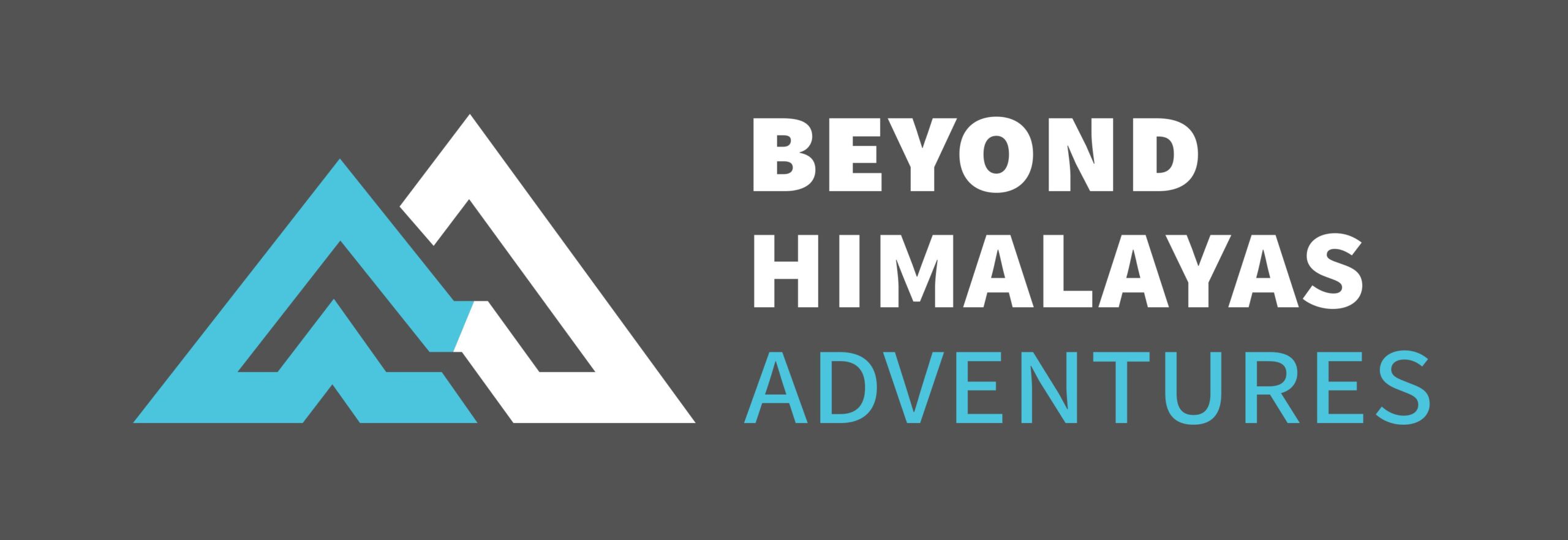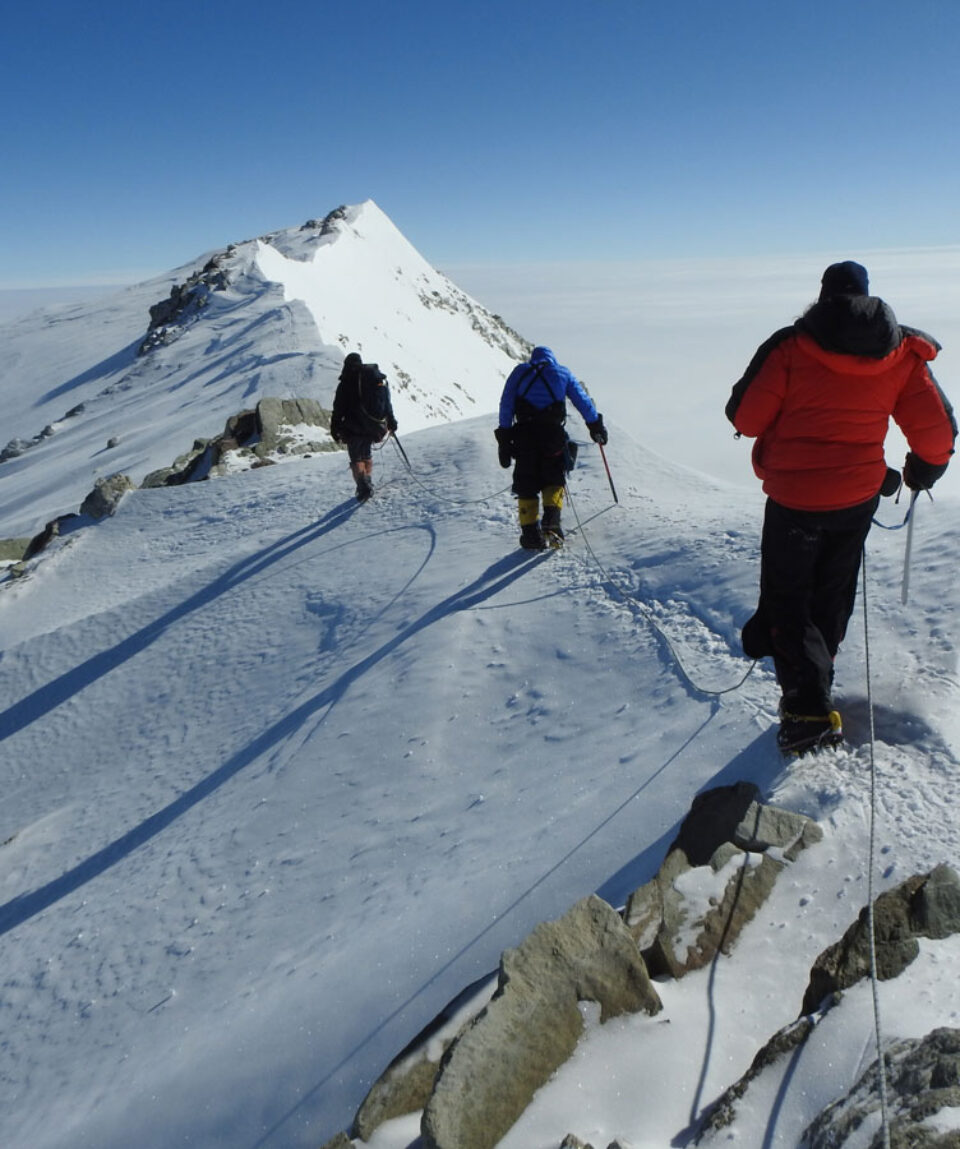Mount Vinson
fromClimb the highest mountain in Antarctica, the lowest of seven summits, and tackle the coldest climb on the planet and experience the breathtaking majesty of the interior of the Antarctic.
-
Reviews 0 Reviews0/5
-
Vacation Style Holiday Type
-
Hiking
-
Mountain
-
-
Activity Level Challenging
-
Group Size Medium Group
The expedition to climb to the summit of the Vinson Massif is arguably one of our most intriguing journeys! The 16,050-foot / 4892-meter mountain is the highest point on the continent of Antarctica. For most that have the unique opportunity to join us on this Seven Summit expedition, their definition of wilderness will be redefined. Isolated and starkly beautiful, the icy continent of Antarctica is beyond description and offers an adventure of a lifetime for team members. Antarctica’s highest mountain, Mount Vinson, lies within the Ellsworth Mountains, 700 nautical miles from the South Pole. Adventure Consultants pioneered guided ascents of Mount Vinson in 1990 and has been operating successful trips to the mountain ever since.
Expedition members often comment on how this ascent fulfills the desire to experience the breathtaking majesty of the interior of the Antarctic.
Expedition Highlights:
- Be part of the amazing community of climbers, skiers, researchers, and adventures that pass through Union Glacier camp.
- Peer out over the seemingly never-ending sea of ice from high camp.
- Take in the view of the mighty and breathtaking Ellsworth range from the summit of the tallest peak in Antarctica.
- Experience the rush of flying in a Russian cargo plane and landing on an ice runway.
- Climb with the pioneers of Mount Vinson guided ascents
- The most pristine and remote of the Seven Summits
- The guiding fee
- Airfare from Punta Arenas to Union Glacier and to Base Camp
- All meals in Antarctica
- All expedition food and supplies
- Welcome dinner
- Group equipment (tents, ropes, cooking gear, and sleds).
- Flights to and from Punta Arenas
- food and lodging in Punta Arenas
- Personal geras and equipment
- Rescue & travel insurance, trip cancellation costs, accident or health emergency, evacuation, loss, theft or damage to baggage, and personal effects
- Fees and costs beyond our control, and anything not explicitly mentioned as “included.”
- Tips & Gratuities
- Insurance is required for this trip
- Day 1 Depart Home Country
- Day 2 Arrive in Santiago and connect with flights to Punta Arenas, Chile. Night spent at our hotel in Punta Arenas.
- Day 3 Final equipment checks and preparations. Night spent in Punta Arenas.
- Day 4 Flight to Union Glacier, Antarctica-approximately 6 hours. Transfer as soon as weather permits to Vinson Base Camp in a twin-engine Otter. Camp at Vinson Base. (7,000 ft.)
- Day 5 Carry to Camp 1 (9,500 ft.). We cache gear here and descend to Vinson Base for the night.
- Day 6 Probable rest day.
- Day 7 Move to Camp 1 and set up camp there.
- Day 8 Carry to Camp 2 via fixed lines (12,373 ft.). This is the location of our high camp and we leave a cache here and then descend to Camp 1.
- Day 9 Probable rest day.
- Day 10 Move to Camp 2 and set up our high camp.
- Day 11 Weather and health permitting, we will make a summit bid. We will return to Camp 2 for the night.
- Day 12 Pack up all gear and descend to Vinson Base Camp. This takes the bulk of the day. We camp here at base camp for the night.
- Day 13 Return flight to the Union Glacier and connect with the transport plane for our return flight to Punta Arenas. Night spent at the hotel.
- Day 14 Fly from Punta Arenas to Santiago and connect with flights to the United States.
- Day 15 Arrive home.
- Day 16-20 These are contingency days that will be available to us for weather delays, additional acclimatization days or simply days for more climbing. The schedule gives us a fairly good cushion to deal with any unexpected delays or occurrences.
Having the right equipment on your adventure trips will make almost as much difference to your success, safety, comfort, and enjoyment as any physical training you do. It is essential that you take the time to acquire the correct gear; don’t wait for the last minute to find out your local shop doesn’t have your size. This equipment is expensive, but you can often find great sales online and at your local gear store. The purpose of this gear list is to help guide your purchases.
This list is a guide. While you are required to bring everything on this list, there are numerous options, brands, and versions of each piece of equipment, unless otherwise noted. Using our current suggested brand list we encourage you to shop around, do research, use your experience and the listed features to find the best gear for you.
During your time in the mountains, you will encounter a very wide range of temperatures and weather conditions. At one end of this range is the pleasantly warm and beautiful low land, while at the other end of the spectrum is found the cold and often windy weather of the highest peaks in the world. The equipment you bring must function well in a wide variety of conditions. Your clothing should be warm, lightweight, dry quickly, and allow good freedom of movement. The layering principle, based on several thin layers of insulation (rather than one thick one), covered with an outer weatherproof shell, meets these needs well.
A Note on Packing
For your international flights, we recommend that you pack all your equipment in your two duffle bags. Do not simply pack your backpack (since the straps can be damaged by the baggage handling machines). It is important to lock these bags for their trip. Depending on the airport, you may be able to put your travel locks on after TSA has searched the bags. If not, Lock the bags with Zip Ties. If the TSA cuts off the zip-tie to search your bag, they will replace it. You will still need the travel locks to lock your bags in the hotel and during the expedition. Generally, you will take one duffel up to Base Camp/on a trek , and leave one in the hotel in city hotel with your belongings for your time in the city. Your trek in duffel will only be accessible in the evenings (with items such as changes of clothing, sleeping bag), and your day pack will hold vitals such as water, layering, blister kit, and camera.
Important Notes:
- Don’t cut corners on the quality of gears
- Understand the function of each gear properly
- Acquire your gears well in advance
- Eliminate unnecessary luxuries
- Seasonal fluctuation will impact the requirement of gear
Tips:
- You can always rent gears if you are not willing to invest
- Check the sizes especially of boots before leaving for the mountain
- Wear summit socks while trying the boots
Clothing
- Thermal Base Layers – Tops and Bottoms
- Heavy Base Layers
- Trekking Pants
- Hard-shell pants
- Down Pant
- T-shirts – Short and long sleeve
- Mid Layer Top
- Insulated Jacket
- Hard-shell Jacket
- Down Jacket/Parka
Footwear
- Double insulated mountaineering boots for climbing
- Hiking boots (Full and waterproof) for approach
- lightweight shoes for camp and around town
- Gaiters
- Flip-flops
- Wool/Synthetic socks
- Liner socks
Handwear
- Liner gloves
- Mid-weight gloves
- Down mittens
Headwear
- Cap/Sun Hat
- Buff
- Balaclava
- Warm wool/Synthetic Hat
- Eye Wear (Full coverage around eyes and nose)
- Ski Goggles
Climbing Gears
- Helmet
- Ice Axe with a waist leash
- Mountaineering Crampons
- Lightweight Mountaineering Harness
- Carabiners (2 Screwgate and 2 Snapgate)
- Belay Device(ATC Guide or Figure 8)
- Ascender/Jumar
- Prussik /Accessory Cord
Backpacking
- Small pack (35-40 liters)
- Waterproof duffel bag
- Padlocks for the duffel bag
- Pack cover
Accessories
- Water Bottles: 2 bottles of 1 litre each with insulation cover
- Trekking poles
- Headlamp: 200-300 lumens with spare batteries
- Camera
- Power bank/Solar Charger
- Universal adapter
- Notebooks/Diary
- Pocket knife
Hygiene and first aid
- Skincare (Maximum SPF sunscreen and lip balm)
- Toothbrush, Toothpaste, Soap, Moisturizer
- Hand Sanitizer
- Toilet paper and wet wipes
- Personal first aid kit (Include personal prescriptions, high altitude medications, painkillers, first-aid tape, band-aids etc.)
- Water treatment
Others
- Comfort Foods (Bring snacks and foods you like to munch)
- Travel clothes to wear in Kathmandu
- Sleeping bag (-20 degrees sleeping bag)
- Inflatable mattress
Conclusion
As the weather condition is unpredictable in the mountain region, you need to be prepared at all times. A day can start sunny with clear skies and later become cold and windy at the high altitudes.
Sometimes, it can rain and snow during the trekking period. You need to remember that for a successful trekking journey, your physical comfort must be the first priority.
Mount Vinson is 4,897m/16,067ft high but is not a technically difficult climb although it is an extremely cold ascent with temperatures dropping to minus 40°C near the summit. Under the leadership of experienced Antarctic guides, climbers of moderate experience can safely undertake the expedition.
It is a frozen desert with little precipitation; the South Pole itself receives less than 10 cm (4 inches) per year, on average. Temperatures reach a minimum of between -80 °C and -90 °C (-112 °F and -130 °F) in the interior in winter and vary between -30 °C and +5 °C (-22 °F and 41 °F) in summer.
Climbing Vinson requires serious fitness, an ability to perform well at altitude, the mindset to be away from home for 3 weeks, and a desire for rugged adventure travel. Antarctica is a very remote and rugged place with few of the creature comforts we have come to expect. We try to give our climbers all of the creature comforts that we can but at the end of the day this is true adventure travel!
Climbers need solid cramponing skill and knowledge of self-arrest technique and ice axe use are valuable but not a pre-requisite. If you want to join this expedition but don’t have these skills we can work with you to get you up to speed prior to the climbs. Please let us know how we can help!
December to January is the best time climb mount Vinson

